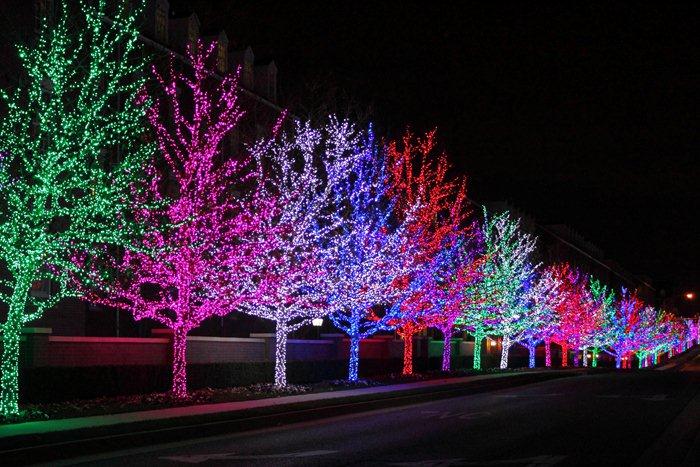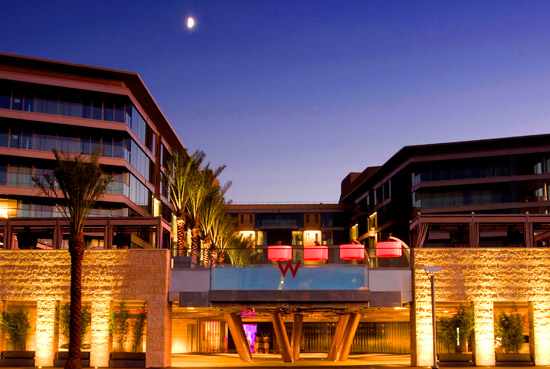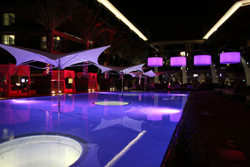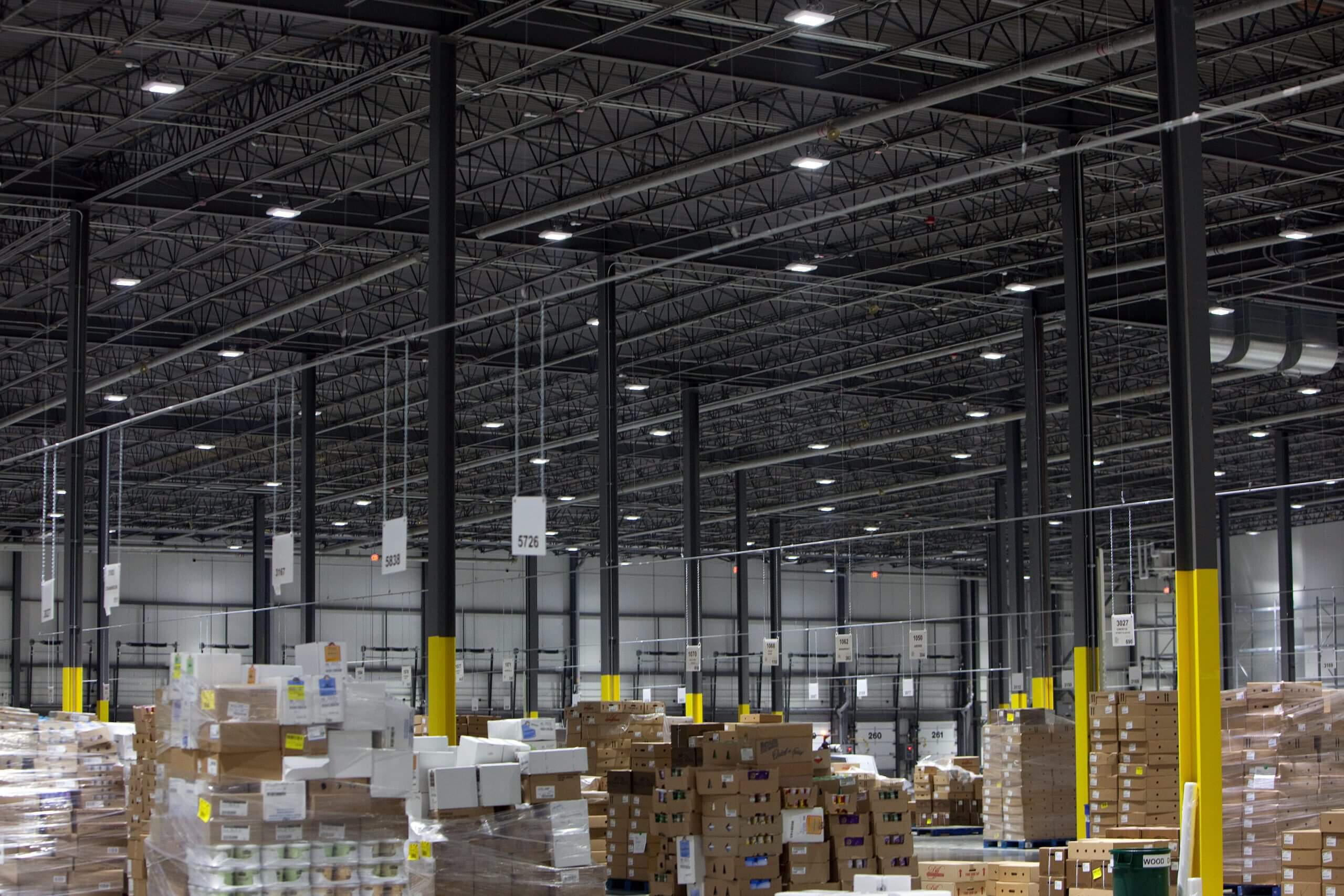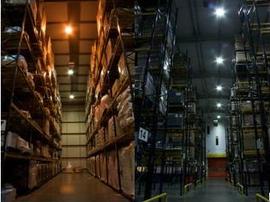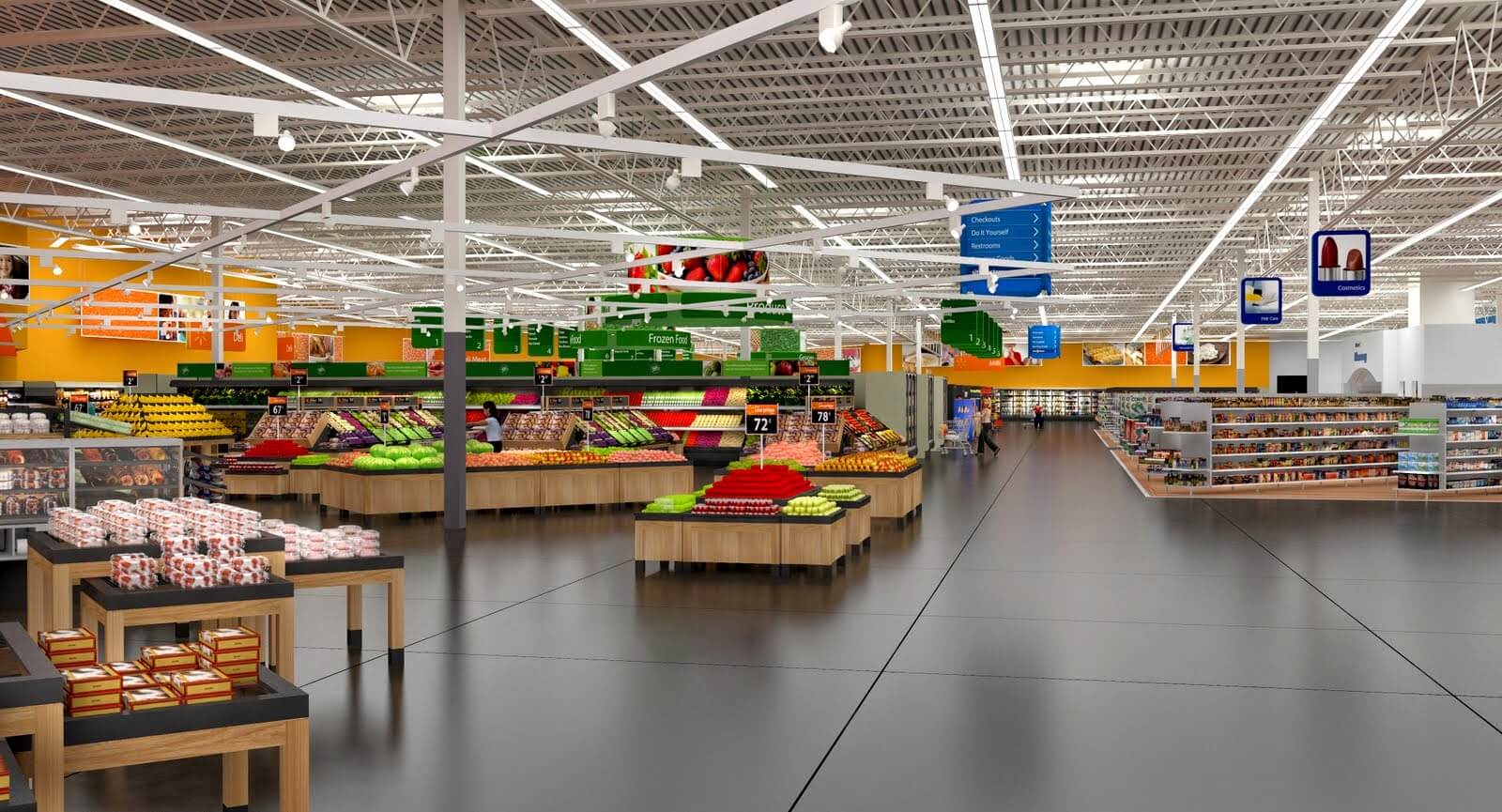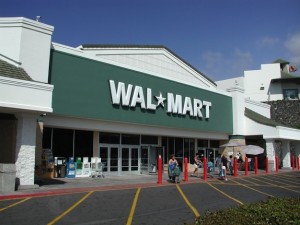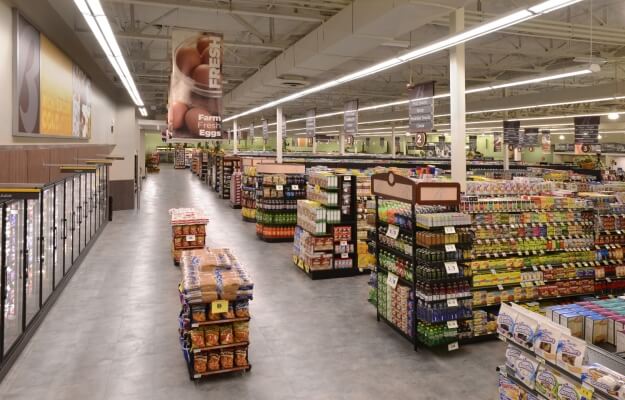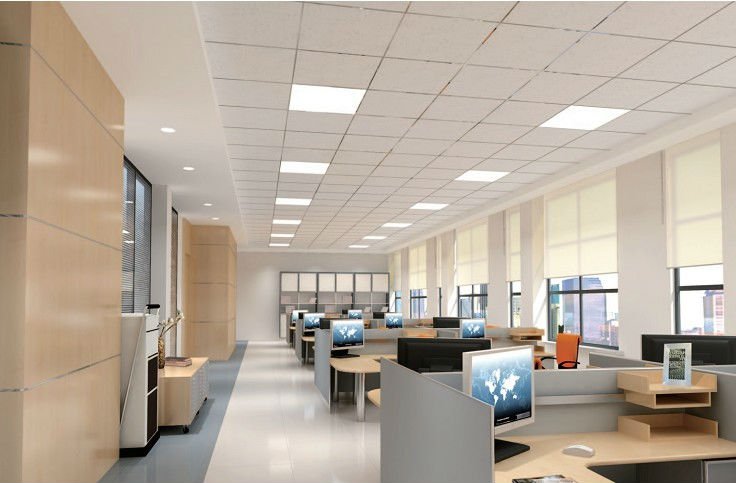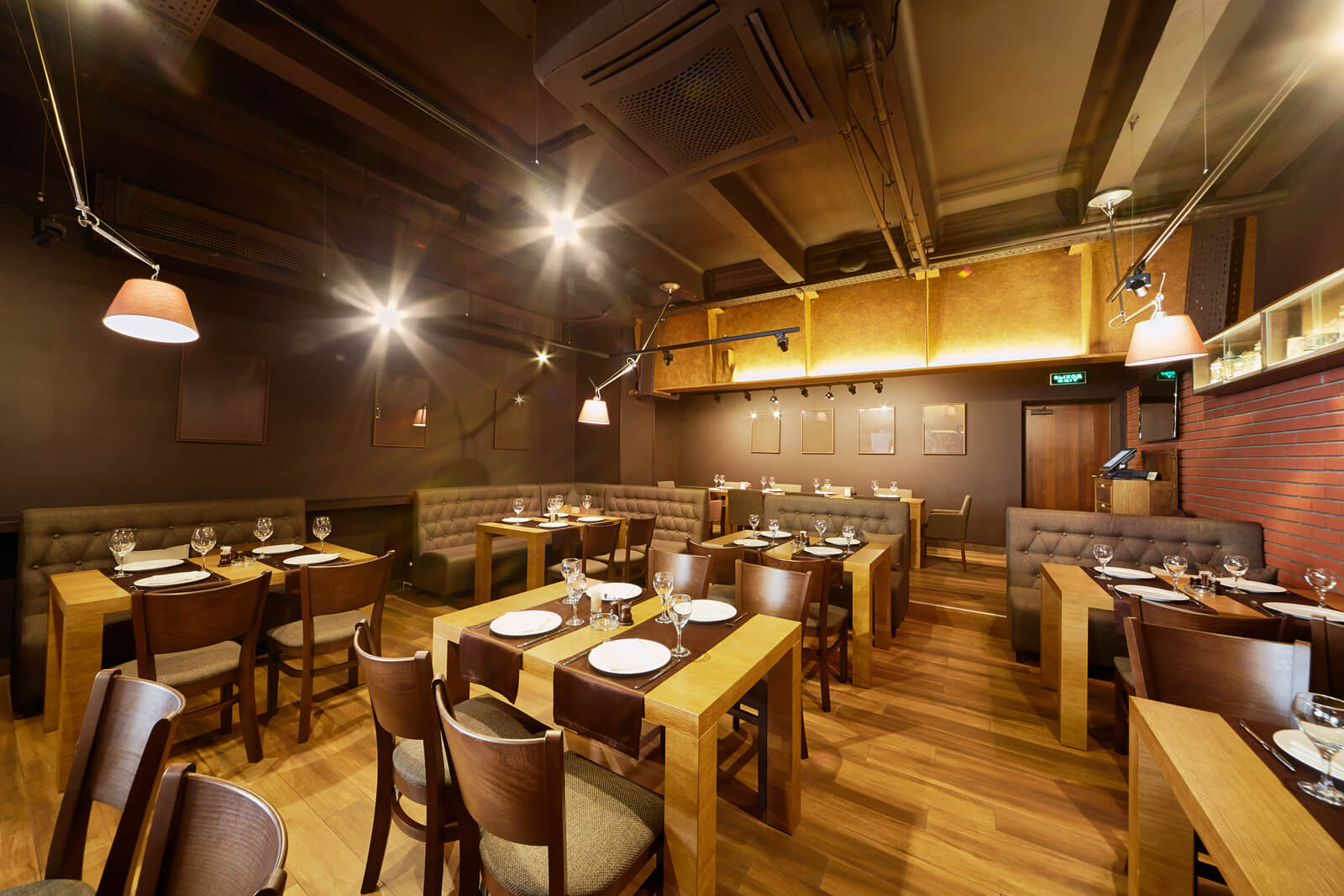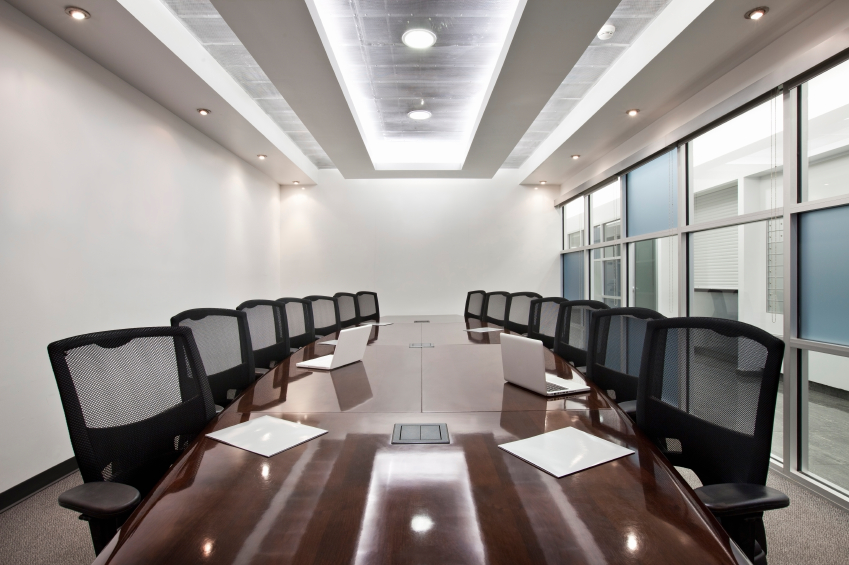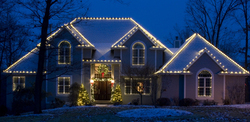
Thanksgiving is right around the corner, which means the holiday season will be upon us in no time. Many retail and craft stores have been stocked with holiday supplies and decorations since before Halloween! One of the fun parts of the holiday season is decorating your home with various lights and other illuminations. When heading to the store to buy holiday lights, don’t overlook LED string lights. Though a little more expensive than incandescent holiday lights, you’ll save a bundle on electricity and most likely won’t have to purchase new lights next year.
LED lighting is the best possible choice for holiday lighting this season when it comes to saving money and reducing your carbon footprint. LED lighting uses only 10% of the amount of electricity that incandescent holiday lights use and do not produce carbon emissions. In a statement by Christmas Décor, “According to the U.S. Department of Department of Energy, if all conventional Christmas lights were replaced by LED lighting, annual energy savings would total two billion kilowatt-hours – enough energy to power nearly 200,000 homes. “ LEDs also have a longer life compared to incandescent holiday string lights. Incandescent lighting lasts 2,000 hours while LEDs last at least 50,000 hours, which amounts to 20 years of use. LED string lights are built better and are more reliable than incandescent lights. There is no filament in LEDs, just a chip, and because of the epoxy coating, they are less likely to break in shipping and storage. Incandescent string lights are also a safety hazard because they get warm after a few hours of use, which increases the chance of a fire. LEDs do not give off heat and can make for a safer and happier holiday.
Make this the most environmentally friendly holiday season yet and pick up LED holiday string lights!

